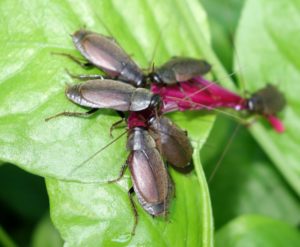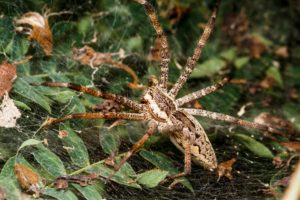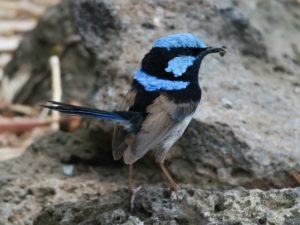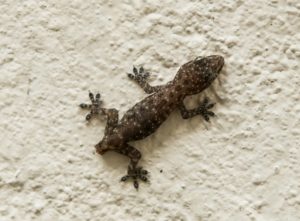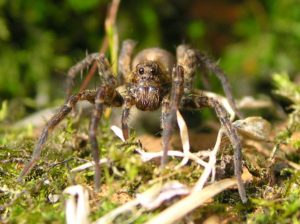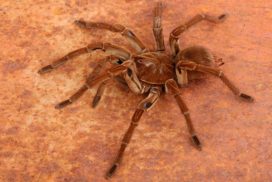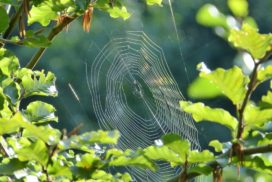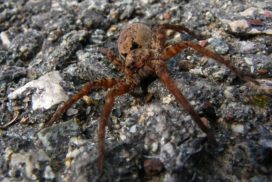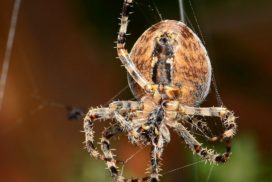WHY DOES THE ORB-WEAVER SPIDER NOT GET ENTANGLED IN ITS STICKY WEB-STRANDS?
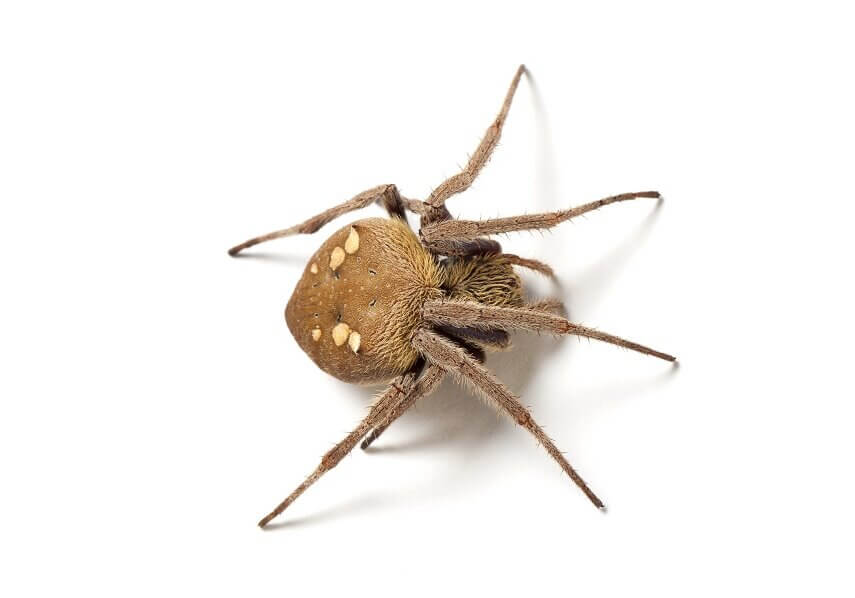
Orb-weaver spider
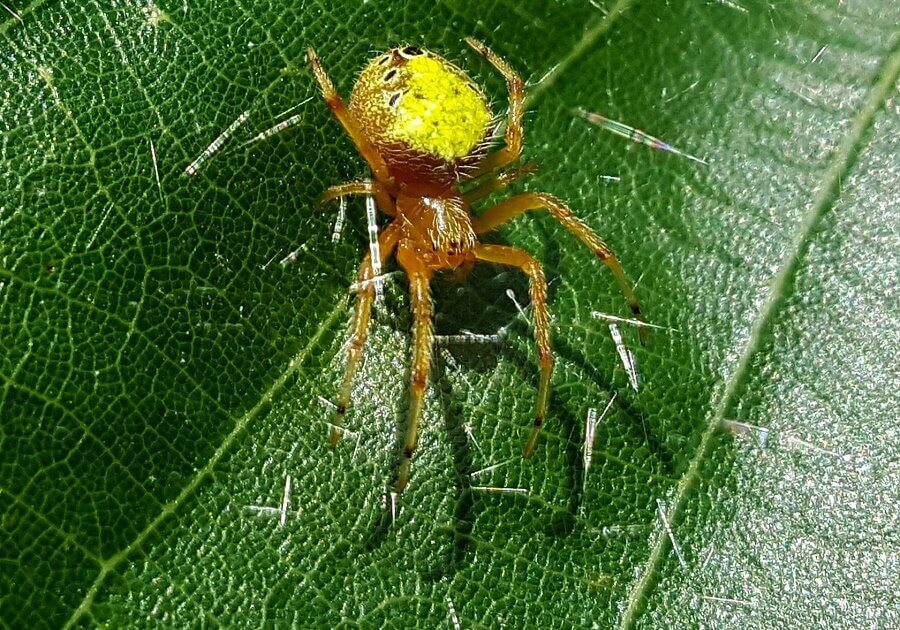
Although some of the strands are smooth, the sticky strands are strategically placed to catch flies. The orb-weaver spider oils its feet with its mouth and walks on the sticky strands with impunity. It makes sure that its body does not get into contact with the sticky strands.
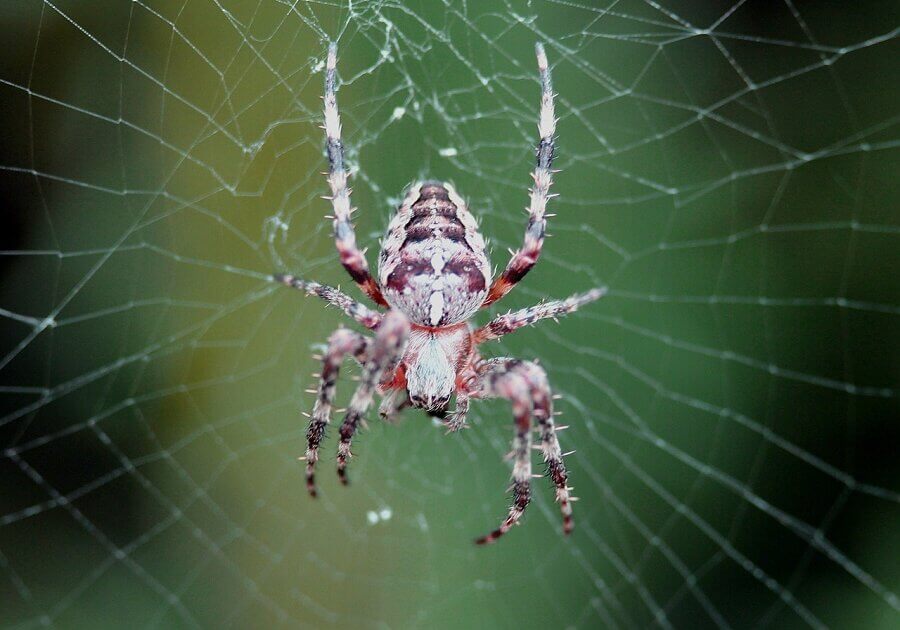
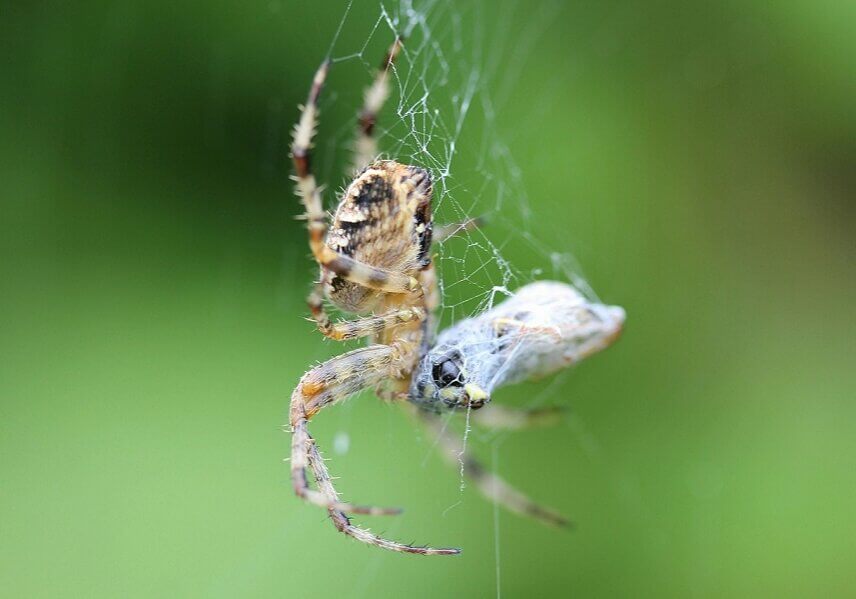
Recent posts
Join us on social media or subscribe!
Sign up to receive our articles in your inbox!
Enter your name and email address below to subscribe.
